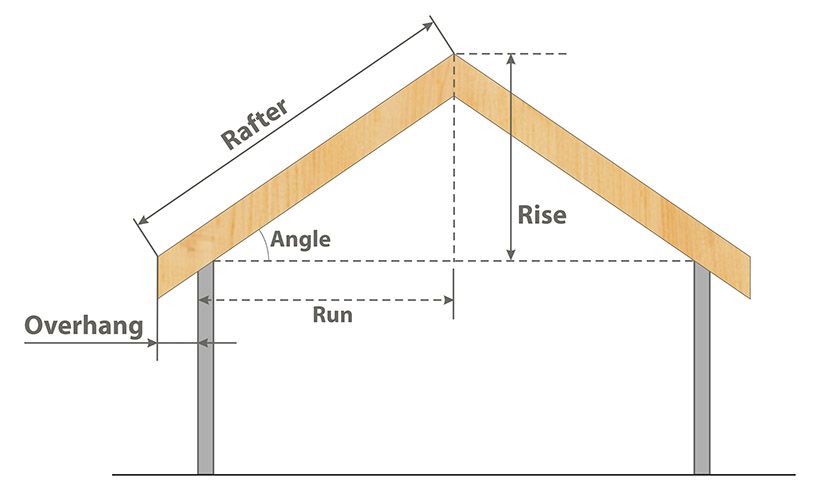If you’ve been in the business for any measure of time, you realize that pitch carries intricacy to your roof estimations. On the off chance that you take a gander at a run-of-the-mill roof graph – hierarchical, two-dimensional – it can look pretty straightforward. It’s just when you increase the value of the graph that it mirrors the three-dimensional part of the roof, and gives you precise estimations.
For those of you who are new to the business, the roof pitch is characterized as the slant of the roof plane comparable to even out ground and is generally communicated in crawls of ascending, over creeps of a run. Normal qualities range from 4/12 (four creeps of ascending more than twelve crawls of a hurry) to 9/12, which is the start of “steep-slanted” roof assignments.
Without pitch esteem on a two-dimensional chart, you’re passing up the expansion the pitch brings to your hips, rakes, step dividers, and valleys, just as the material you’ll have to cover those lines.
Utilize a Pitch Gauge
Since you comprehend why the pitch is so fundamental, we can examine how to approach estimating it. We know there are some prepared roofers out there who might win a ton of wagers on eyeballing roof pitch, yet we recommend utilizing an apparatus to guarantee against mistakes. There are physical and advanced pitch checks out there and we’ll disclose to you more about how our computerized to contribute measure functions in the following area.
The explanation you shouldn’t depend on eyeballing or gauge the pitch esteem is quite evident: precision. Numerous advanced private homes have roofs with different pitch esteems, and roof highlights like dormers or dutch peaks can convolute matters further. For solid exact estimations that you can certainly arrange materials from, it’s ideal to gauge each roof plane’s pitch. For more info please visit satellitereports.com





